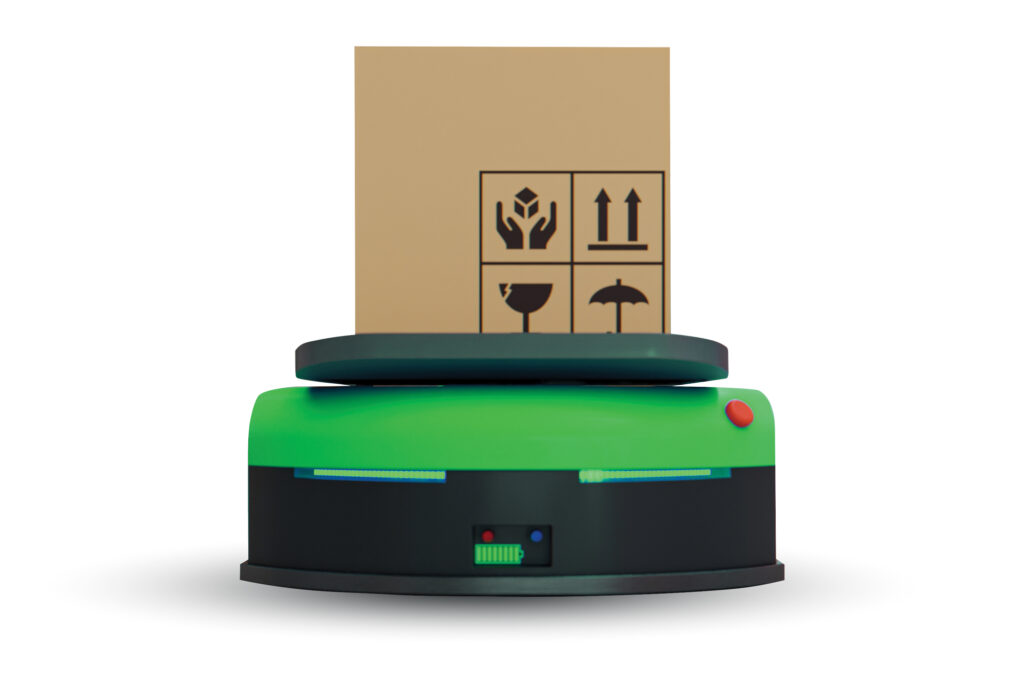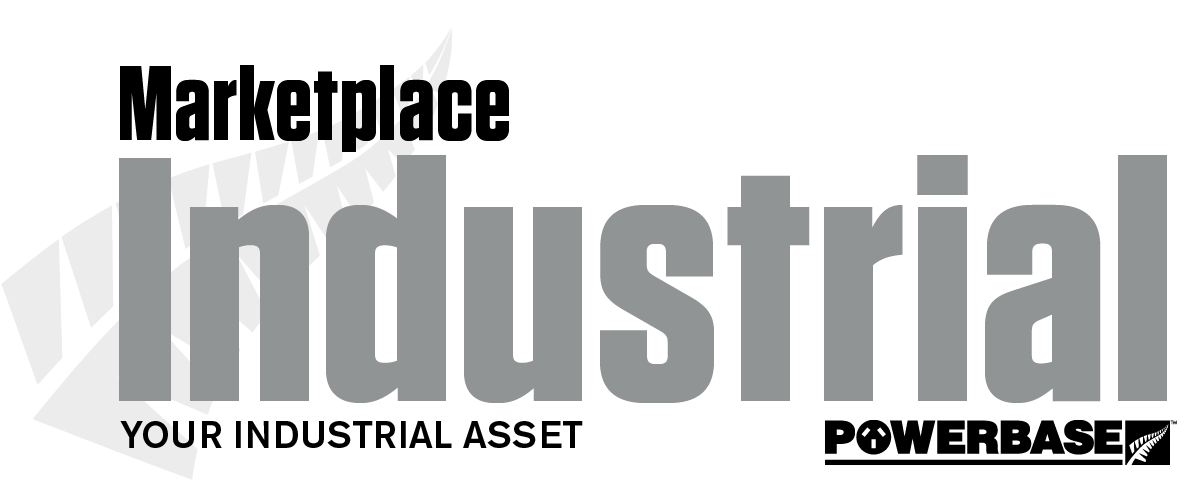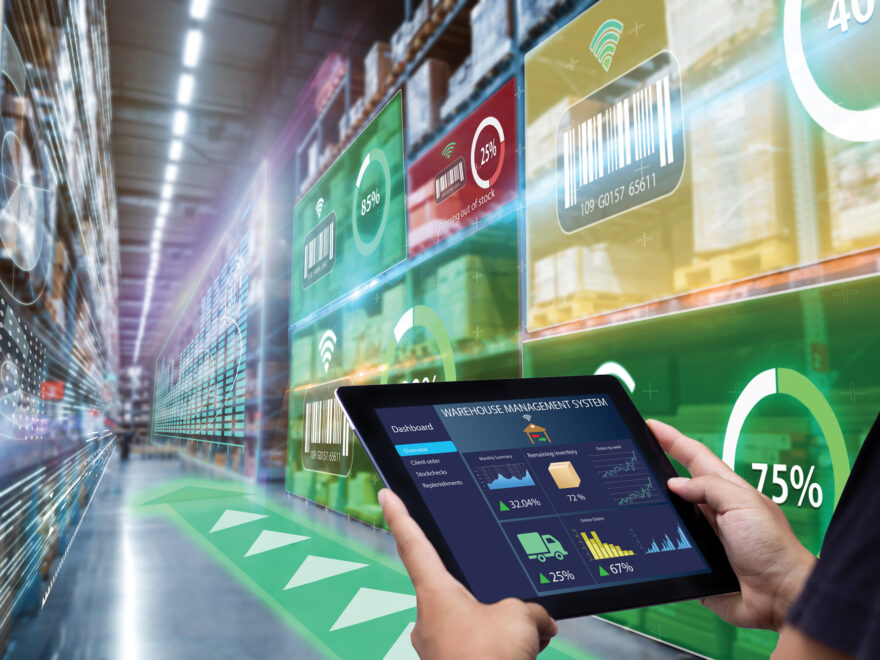Warehouse automation is one of the most effective ways an industrial firm can increase their ROI by substantially reducing their labour demands, enhancing accuracy and increasing the staff’s efficiency.
Some people consider warehouse automation software, while others consider it a way of implementing storage and retrieval systems. But one fact remains, complete warehouse automation consists of various aspects of operations, storage retrieval and much more. This article will cover everything from the basic definition of warehouse automation to its types and benefits.

The Basics of Warehouse Automation: Definition, Types
Warehouse automation can automate inventory movement within and outside warehouses to customers with minimal human interference. With the help of warehouse automation, a firm can eliminate many forms of labour-intensive work. They also eliminate the need to perform repetitive and mundane tasks, thereby raising workers’ overall efficiency.
Let’s take an example to comprehend the concept of industrial automation better. A warehouse worker may load an autonomous mobile robot with heavy packages. This machine moves this inventory from one end of the warehouse to the shipping zone, all while recording its movements. These machines/robots improve the efficiency, speed, reliability, and accuracy of this given task. This example illustrates how machines and humans can collaborate on certain tasks to achieve better results while minimising fatigue. At its core, industrial automation works at identifying repetitive, mundane tasks, error-prone and time-consuming tasks and finding ways of automating them. Let us look at some common processes or operations in a warehouse that can be automated for better results:
- Barcode and scanning automation
Warehouses rely heavily on documentation. They document which products are moving in and out of the facility at any time. They also use documentation to keep track of their inventory. These warehouses can save a lot of time by automating documentation using barcodes, rack labels, and signs. In other words, barcoding with the right scanning equipment can eliminate errors drastically.
- Automated vehicles
Traditionally, forklifts and pallet jacks
are among the most commonly used vehicles inside a warehouse to transport goods. This aspect of warehousing can also be automated with the use of equipment known as automated guided vehicles. The main advantage with these is that humans do not need to operate these vehicles, they follow a digital path throughout the warehouse to load and unload goods.
Types of Warehouse Automation
Owing to the wide range of warehouse technology and systems available, many warehouse automation types are available. Warehouse automation includes eliminating human intervention through the use of robots and machines. Let us look at some of the major types of warehouse automation.
- Automated Storage and Retrieval System
AS/RS are a type of General Trade fulfilment technology including automated systems like automated guided vehicles, mini loaders etc., to store and retrieve goods or products. High-volume warehouses with space constraints use this type of warehouse automation.
- Goods-to-Person
This is one of the foremost methods to increase efficiency and reduce congestion. Goods to person or GTP category includes conveyors, carousels and vertical lifts. If properly implemented, this warehouse automation can help businesses increase their speed of warehouse picking.
- Autonomous mobile robotics (AMRs)
Autonomous mobile robotics are used to create effective routes in a warehouse. These types of automation use laser technology to detect hurdles in their way so that they can navigate safely. This automation technology is best suited for busy warehouses with considerable human traffic. They are more efficient than Automated guided vehicles (AGVs).
- Automatic guided vehicle
This type of automation uses magnetic strips, wires or sensors to navigate a busy path. Compact and busy warehouses with excessive human traffic are not the ideal place for this type of warehouse automation.
- Automated sortation systems
In a warehouse, sortation refers to the process of identifying products on conveyors and diverting them towards a particular warehouse location using RFID, barcode scanners, and sensors. Automation can be applied to this process in order fulfilment for picking, packing and shipping goods.
Various Categories of Warehouse Automation
Warehouse automation can vary from simple to quite complex. Different categories of warehouse automation use varying degrees of complexity. For example, basic automation uses machines and vehicles to eliminate repetitive tasks, whereas advanced automation uses artificial intelligence and robotics.In the part that follows, we will see the different categories of warehouse automation.
- Basic Warehouse Automation
This is the most basic level of warehouse automation type and includes simple technology that assists the staff with tasks that would otherwise require more manual labour. Examples of this type of automation include a conveyor or a carousel which moves inventory from one point to another inside a warehouse.
- Warehouse System Automation
The next level of warehouse automation uses software, machine learning, robotics, and data analytics. One example of this system includes a warehouse management system which reviews all the orders that need to be filled in a day.
- Mechanised Warehouse Automation
Robotics and machinery are used to assist humans with warehouse tasks and procedures. One example of this category is an autonomous mobile shelf loader robot that lifts racks of products and delivers them to certain points in the warehouse.
- Advanced Warehouse Automation
Advanced warehouse automation combines mechanised warehouse robotics and warehouse automation techniques to replace intensive human workflows.
For instance, a robotic forklift uses advanced AI technology such as sensors and cameras to navigate a warehouse and communicate each forklift’s location to a tracking portal.
Optimise Your Warehouse with Schneider Electric
At Schneider Electric, we are committed to creating a positive impact on the businesses of our clients. We have enabled our partners and associations to realise their vision of what automation looks like and help them take utmost advantage of the technologies that make themselves available. EcoStruxure for digital logistics can help you transform your facility by combining your warehouse’s automation and energy management systems. Across our smart factories and smart distribution centres, we have managed to reduce energy costs between 10%- 30% and maintenance costs between 30-50% with the assistance of EcoStruxure.
Edited from https://blog.se.com/sustainability/2022/10/27/a-beginners-guide-to-warehouse-automation/ by Shubham Agarwal


